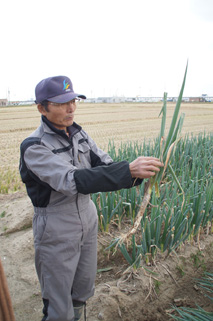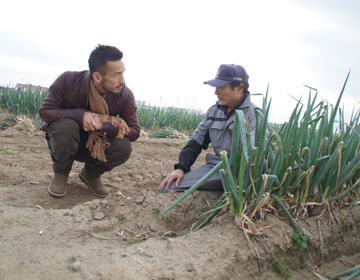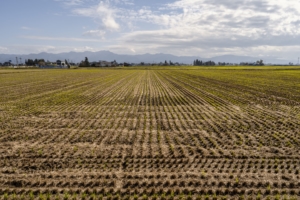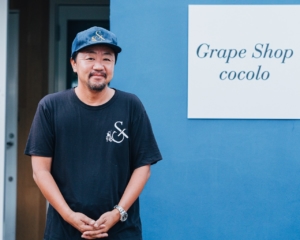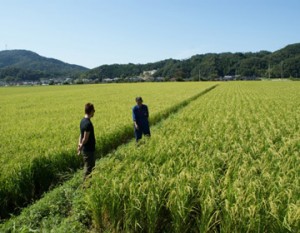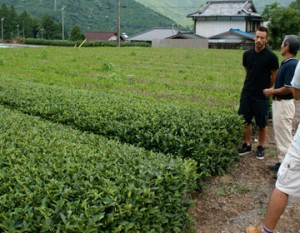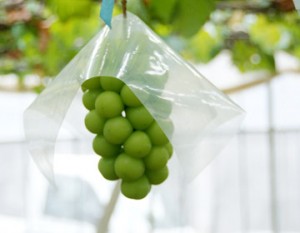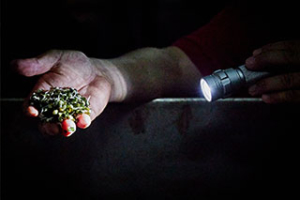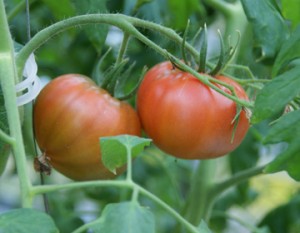Sendai’s specialty, curved green onions
Sendai, as you know, is the prefectural capital of Miyagi Prefecture. It is a large city. So it may sound peculiar that it is also the center of vegetable farming. The shipping value of vegetables of Sendai is 3 billion yen. That is the 2nd highest in Miyagi, after Watari-gun (reference to Miyagi Prefecture website).
Sendai has many specialties, and one of the most famous is ”the curved green onion”. Normally, green onions are straight, but the curved green onions literally have a large curve from the root to the tip.
You may wonder why. You often see thick onions and thin onions, but curved onions are rare. However, it is said that this curved form comes from the wisdom of forefathers. Toshiro Sato, a curved green onion farmer in Iwakiri, Sendai-shi, told us the secret.
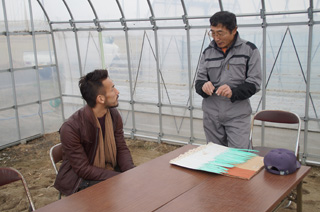
Curved green onions are “made to bend”
Everyone knows what a green onion looks like. It is white near the root, and green leaves spread towards the top. The delicious part of green onion is the white part. The white part is, in fact the part under the soil. So if you let the onions grow deep under the soil, you get more of the delicious part of the onion.
However, in this area, the underground water level is high, so the onions are unable to spread their roots deep underground. That means, you can’t get as much of the white part. ”So people in the olden days pulled up half grown onions and laid them on the soil.” said Sato. When the onions were half grown, they are pulled up, and laid on the soil to mature, so that there will be more of the white portion. That is the beginning of curved green onion. Sato grows onions using the same method. The seedlings are grown in greenhouses, and when they are about 20 centimeters long, they are planted in the fields. When they grow straight up and to a certain size, they are pulled up, laid in the greenhouses, and covered with soil, a process called ”yatoi”. The onions will grow towards the sun, so they become naturally curved. Each of the many processes are done by hand, so it requires a lot of work, but Sato sticks to this method of growing onions.
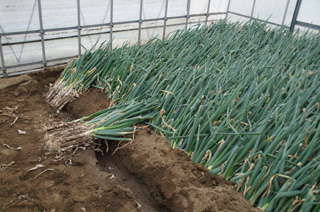
To convey local food
”This onion used to be the focal point of local interaction” Sato commented. The local people helped each other, cultivated, harvested, re-planted and peeled together. The onions brought the local people together in this way. Sato considers the onions not just as an agricultural product, but as a local culture.
He goes to local primary schools as a part time teacher of curved green onions, and teaches the children about the onions. When explaining about the onions to Nakata, Sato explained very clearly, using models of onions.
After we were shown around the greenhouses and other facilities, we sat down at a table for a chat. We were then served with ”imoni” soup. The soup was so steaming hot, that the lens of our camera fogged up. It was such a treat in the cold weather, making everyone smile.
With an unanimous ”let’s eat!”, we sipped the body warming soup. The sweetness of green onions in the delicious ”imoni” soup spread throughout our mouths. It made our conversation very lively, and the topic of conversation stretched from the onions to Sato’s family and his grandchildren. This is when we realized how the local interaction is strengthened.
